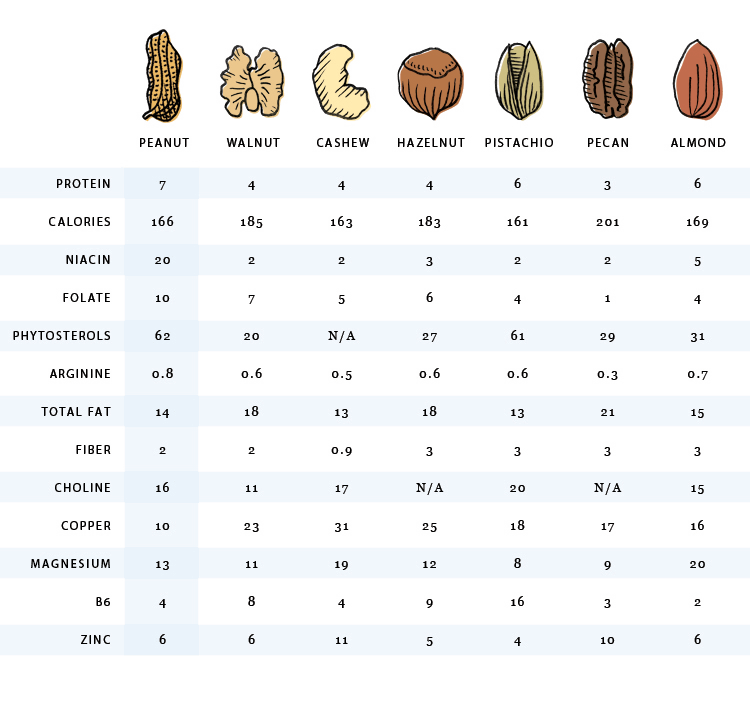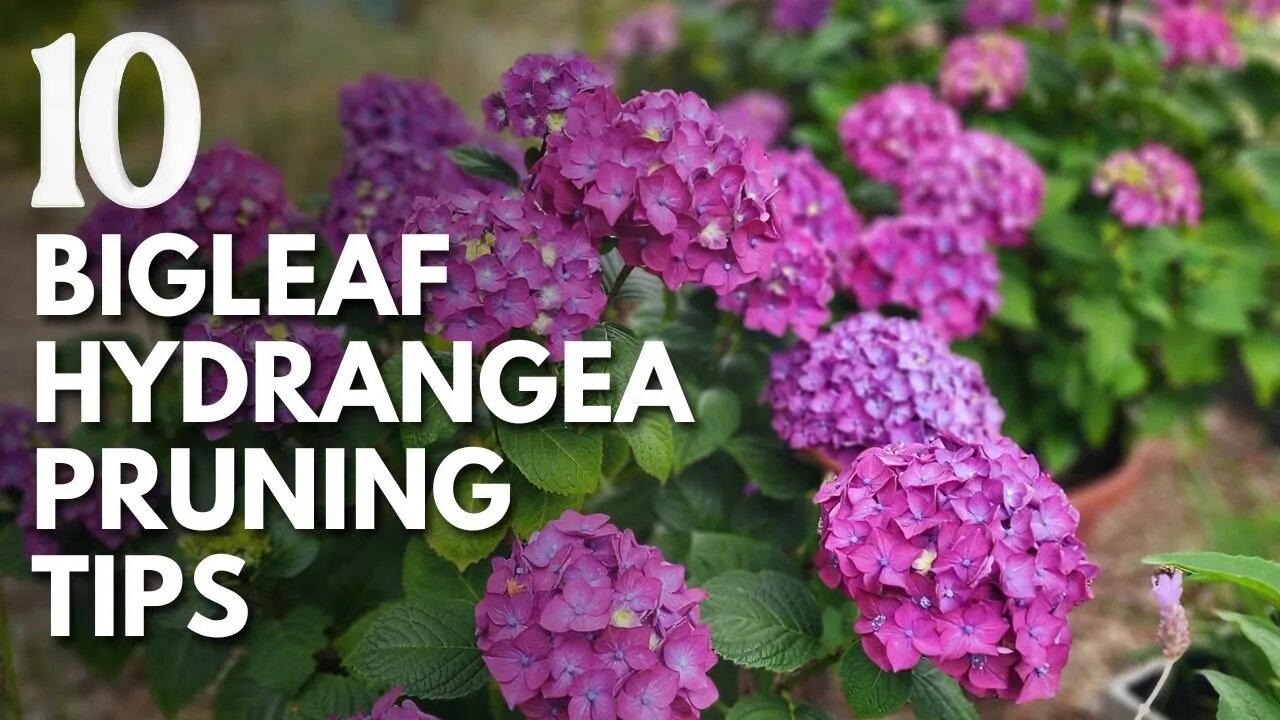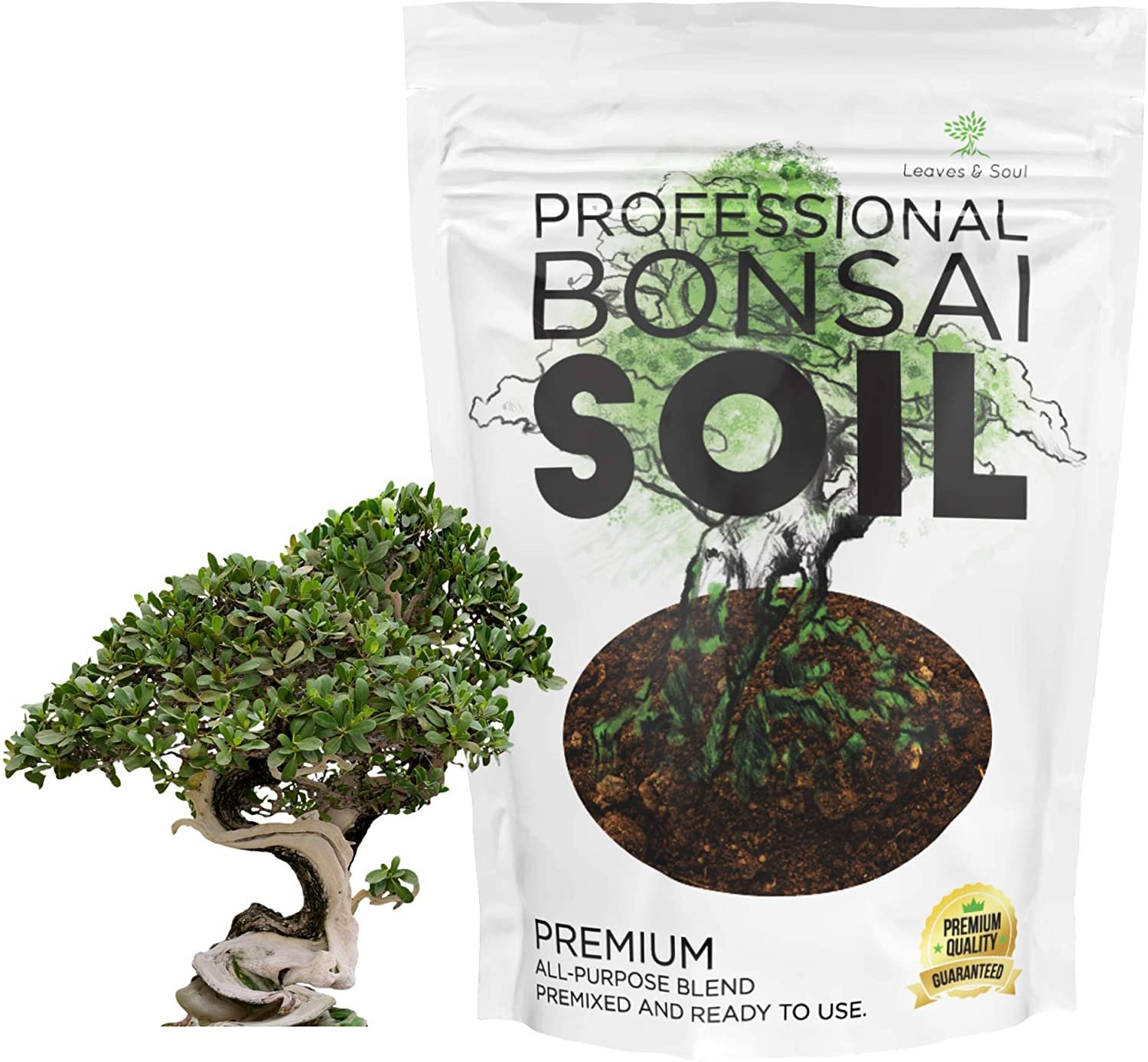Harnessing AI-Powered Apps to Maximize Indoor Garden Growth Efficiency

There’s a widespread myth that you need a botany degree and a library of gadgets to get techy with your houseplants, but I’ve found the real secret is much simpler—and delightfully more approachable—than any self-proclaimed “plant influencer” will tell you.
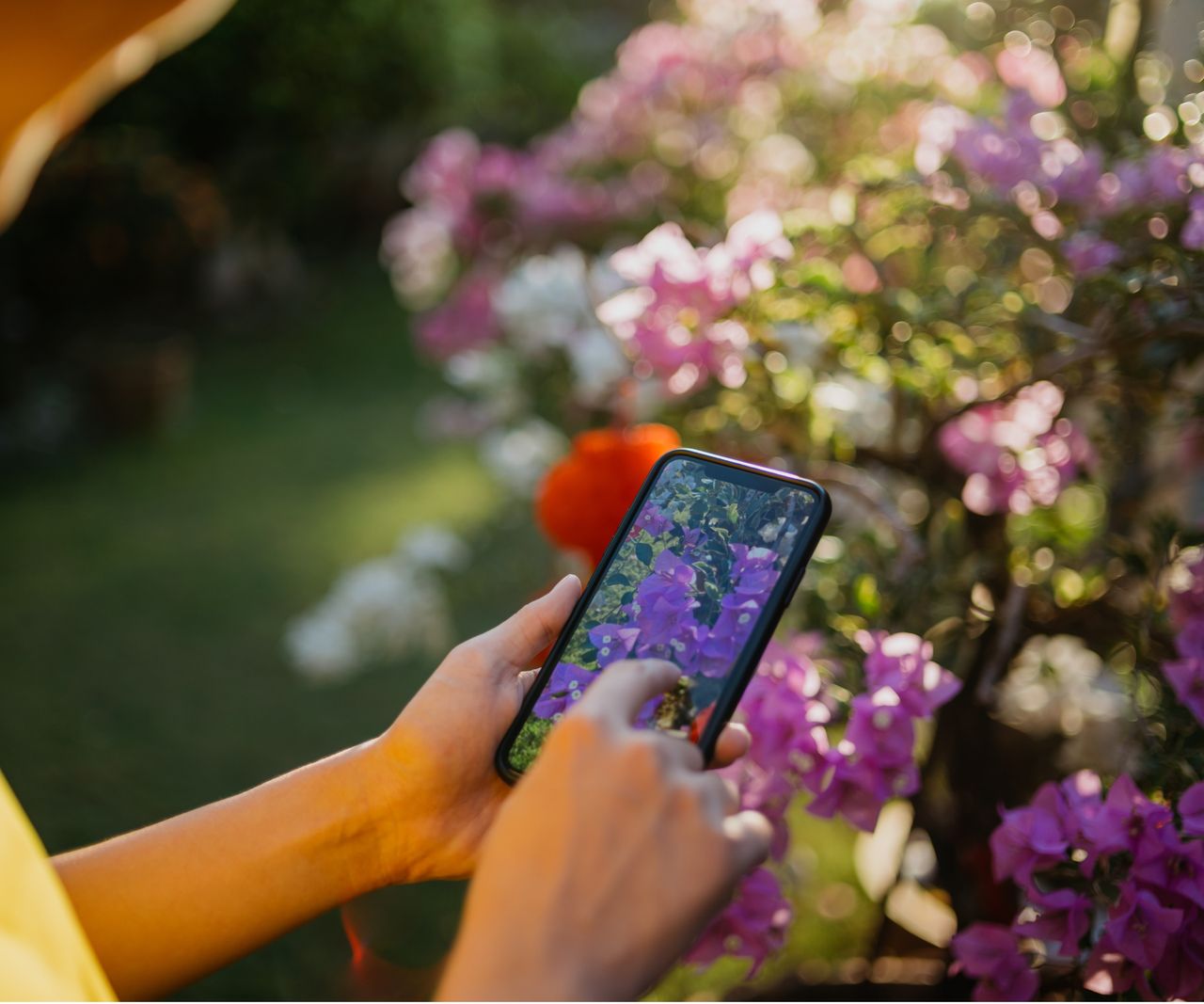
My windowsills used to be a graveyard for every trendy houseplant: sagging pothos, yellowing basil, calathea flopping out its leaves in melodramatic protest. The experts always made it sound like success came down to complicated sensor networks or expensive subscriptions I’d never stick with. But here’s where they overcomplicate things: the real leap forward happened for me when I stopped worrying about perfect data and started using tech as a simple gardening co-pilot.
Let’s break it down, Enthusiast-to-Enthusiast style:
Step One: Ditch the Overwhelm—Start With An App, Not an Ecosystem
Don’t stress about syncing 10 gadgets before your first seed sprout! My first win came from downloading just one app—Planta, free version only—and typing in three plants while my coffee brewed. No sensors, no subscriptions, just quick little entries: “snake plant in bedroom,” “ferns in bathroom,” “sad basil on the kitchen shelf.” Instantly I was getting reminders based on daylight (not some mysterious lunar algorithm) and neighborhood weather—for the record: rainstorms absolutely mess with humidity indoors!

If you have even 10 spare minutes tonight, that’s all you need to feel like you’re finally ahead of the game.
Step Two: Real Talk About Sensors (and Why You Don’t Need Them… Yet)
Experts love waxing poetic about Bluetooth soil probes and Wi-Fi humidity monitors. Sure—they’re cool! But not essential for most folks. When I finally splurged on a $25 Xiaomi MiFlora sensor last year (after months of just manual entries), I realized how often its readings matched what my own eyes had already noticed. Sensor or not, Planta’s watering schedule improved my basil’s lifespan from 3 weeks (RIP) to nearly six months simply because I got actual reminders at the right time.
Here’s my hack if you want to dabble without spending much:
- Stick a note by your trickiest plant.
- Track soil dryness with your finger each morning for a week.
- Enter this into your app; see if its pattern matches what you felt.
- THEN decide if automation makes sense for you!
Turns out, even seasoned enthusiasts like me still rely far more on habit than hardware.

Step Three: Quick Logging = Quick Wins
Obsessive spreadsheeting isn’t required. A blurry photo snapped between Zoom calls does wonders! Last spring I logged how my monstera yellowed after moving away from direct sun—a detail that seemed obvious but helped Planta recalibrate all future care suggestions. Suddenly I was getting nudges before problems showed up.
Small logbook tip: If Gardenize appeals to your inner organizer, focus only on logging new symptoms or major moves (“moved rubber plant next to balcony, March 18th”). Skip minor daily details—the big changes make all the difference when AI is piecing together trends!
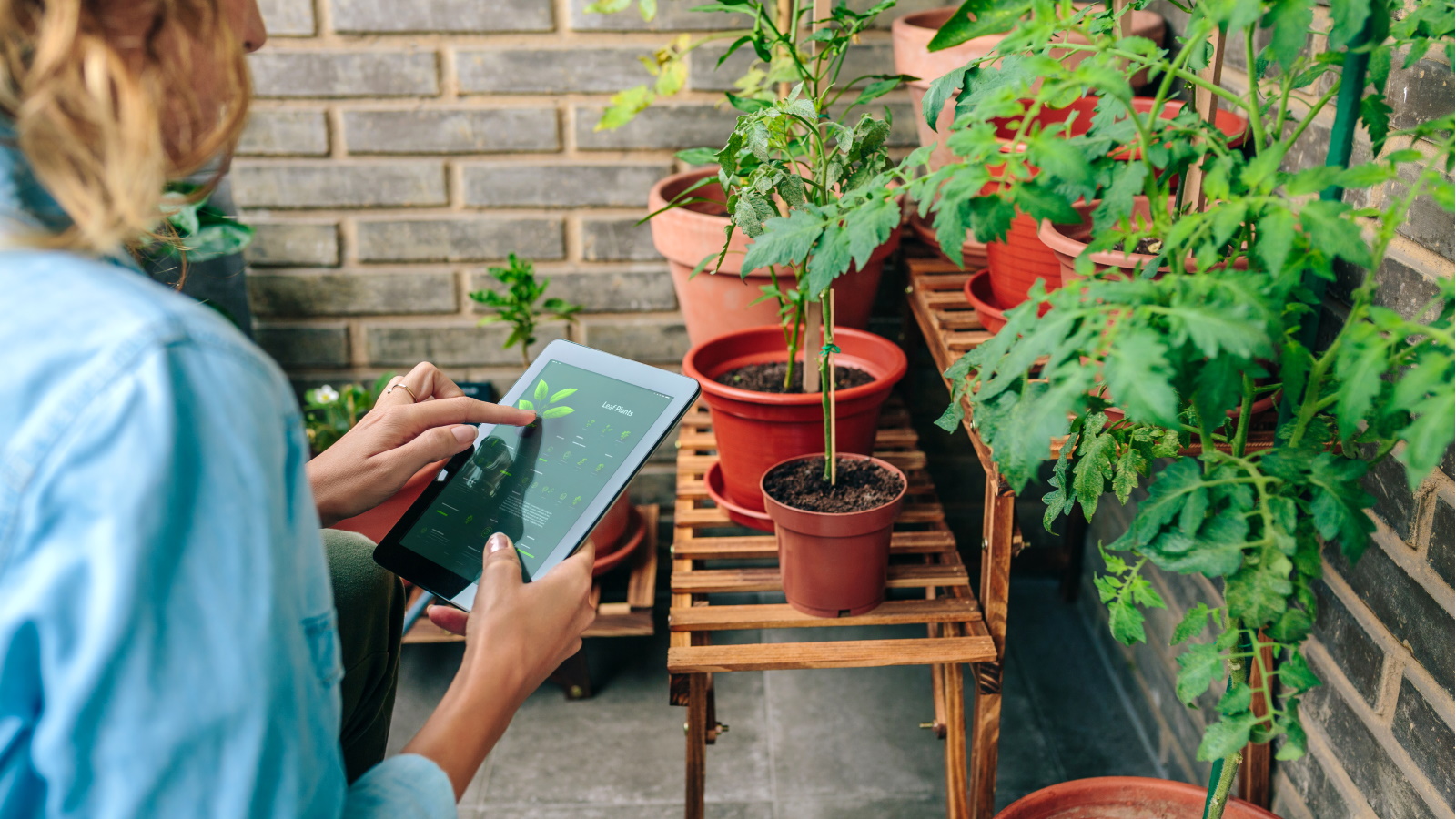
Step Four: Let the Apps Do Their Thing—But Stay Curious
When folks ask why their apps keep bugging them (“Water me!”), I suggest trimming notifications to two essentials:
- Watering schedules
- Unusual light/humidity shifts
That alone slashes busywork—and keeps care focused on what actually changes plant health fast.
Funny story: My friend ignored his Planta alert during last November’s surprise snowstorm (“Increase light for philodendron”), rolled his eyes at “algorithms”…and lost three leaves before caving and moving his pot closer to his desk lamp. Guess who checks notifications religiously now?
It Doesn’t Have To Be Complicated To Work
The biggest surprise? All this fancy talk boils down to forming one or two reliable habits—with tech supporting them quietly in the background. In seven years of indoor gardening fails and small victories alike, here’s what stuck:
- An app asking “Did you water today?” beats ten confusing charts glued inside kitchen cabinets.
- Seeing side-by-side photos from March vs June gives way better feedback than any expert troubleshooting thread online.
- Most plants bounce back faster when you act on simple reminders—not deep-dive microclimate analytics.
Back in early 2020—when we were all becoming accidental homebodies—I tried tracking everything manually via notebook and sticky notes taped everywhere. Stressful! Honestly? The swap to one free app did more good than any book-smart tip ever could.

If you want extra zing later? Splurge on a cheap smart plug ($15 tops) for your grow lights so they turn off automatically at sunset; less fuss means more time gawking at new leaves unfurling while dinner simmers.
Bottom Line:
You don’t have to be an engineer or subscribe to scientific journals—or turn plant care into an AI project worthy of Silicon Valley glory—to see lush results indoors. Pick an app that feels welcoming (I still think Planta wins for friendly vibe), log just enough info so it can nudge you smartly (no encyclopedias required), and repeat until watering feels as natural as flipping on the kettle each morning.
Celebrate every comeback—like your notoriously dramatic fern surviving a heatwave—but don’t lose sight of why we do this: for those quiet moments marveling at green growth against old brick or morning sun glinting off glossy leaves…not because we’re competing with robots!
Keep it easy; keep it human—with just enough tech sparkle. Your indoor jungle will thank you.
